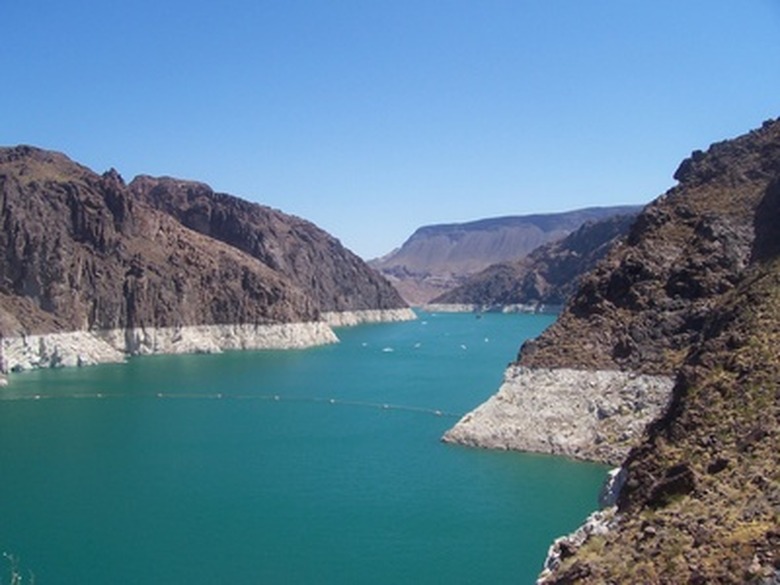The Advantages Of Desalination
"Water, water everywhere, but not a drop to drink." This is the supposed lament of an unknown sailor, needing to hydrate himself but out of fresh water, yet forced to gaze upon untold gallons of undrinkable ocean water. Most everyone is aware of how saline, or salty, water is, and that this renders it undrinkable. We call undrinkable water non-potable, because of the progressive disruption to the body's chemical equilibrium this causes.
Ocean water accounts for about 97 percent of the Earth's water; almost all of the 3 percent that is considered "fresh" is underground or otherwise unavailable for human use, with only about 1/400th of Earth's fresh water occupying rivers, streams and lakes. Considering how much salt water there is, shouldn't there be an efficient means of making it suitable for human consumption?
In fact, the process called desalination accomplishes just this. The importance of desalination on a planet with an ever-growing population and many regional water shortages at any time increases every day, and the advantages of desalination make the process worth reviewing in detail.
Types of Desalination
Types of Desalination
All types of mechanical desalinization can be classified as either thermal desalinization or membrane desalinization.
Commercial-scale desalination plants usually make use of a kind of membrane desalinization involving reverse osmosis, which occurs across a semi-permeable membrane. Membrane distillation or MD, in which a stream of hot salty water is run counter to a stream of normal water on the opposite site of a water-repellent membrane, comes in several types. Its result is to push water vapor free of salt through pores to the cooler, lower-pressure side of the membrane.
Thermal desalinization involves the addition of significant amounts of heat and often involves distillation processes as well. Distillation is the boiling of a solution in which the solute has a higher boiling point than the solvent (such as salt), allowing the gas vapor produced to be collected as distillate while the briny concentrate remaining is discarded.
Advantages of Desalination Processes
Advantages of Desalination Processes
The advantages of desalinization itself are straightforward: more clean drinking water for the citizens of Earth, a third of whom lack regular access to this vital resource. As far as the advantages of certain kinds over others, these are fairly easy to describe.
Thermal desalinization plants, which produced the majority of the world's desalinated water as of 2020, are easy to build and operate, mainly because they have no moving parts other than pumps and consist mainly of tightly packed tube networks. These desalinators can also achieve a very high level of purification.
Membrane-driven processes, including desalinization by electrolysis, are usually far less energy-intensive than thermal ones and do not rely on fossil fuels or nuclear energy, as do most thermal plants in operation today. They offer low operating temperatures and pressures than do their thermal counterparts.
Disadvantages of Desalination Processes
Disadvantages of Desalination Processes
Desalination challenges include the pollution generated by large-scale, thermal-style desalinization plants and the large amount of energy required to operate them. As the world moves toward the increasing use of alternative energy sources, this concern should abate over time.
While membrane processes are cleaner and safer, it is also more expensive to build commercial-scale desalinization plants of this type. Also, the membranes become degraded through excessive wetting and other types of contamination, and the process is not as efficient at present as most thermal desalinization types are.
More recently, in 2019, researchers were able to create a solar distillation technique that involves focusing sunlight on particular spots of a selectively permeable membrane, boiling water collected there and forcing it through to the opposite side of the membrane, where it is collected anew.
Cite This Article
MLA
Beck, Kevin. "The Advantages Of Desalination" sciencing.com, https://www.sciencing.com/advantages-desalination-6105464/. 26 March 2020.
APA
Beck, Kevin. (2020, March 26). The Advantages Of Desalination. sciencing.com. Retrieved from https://www.sciencing.com/advantages-desalination-6105464/
Chicago
Beck, Kevin. The Advantages Of Desalination last modified March 24, 2022. https://www.sciencing.com/advantages-desalination-6105464/
